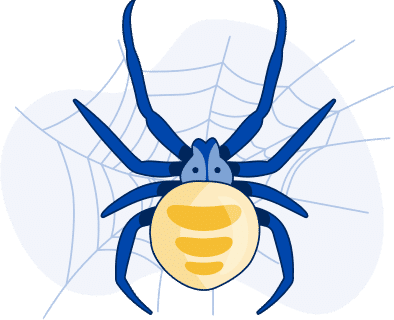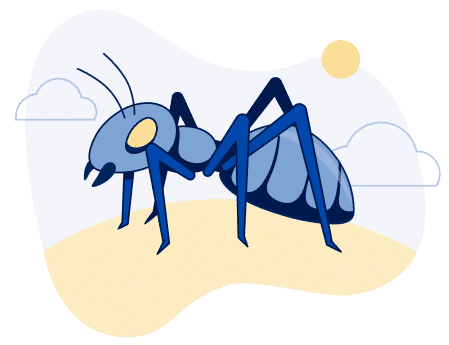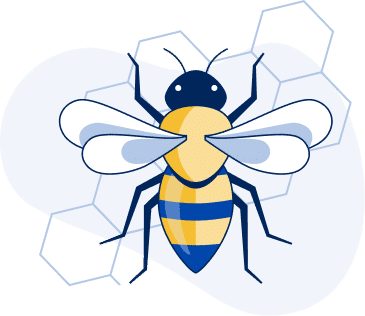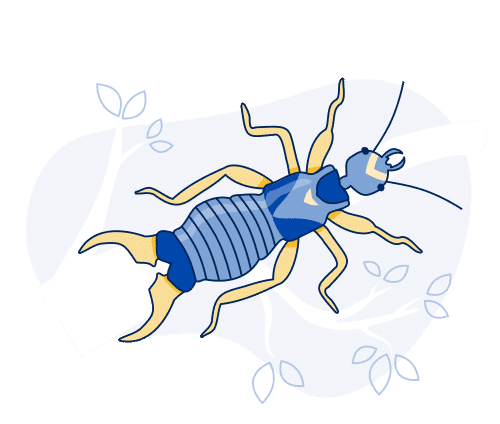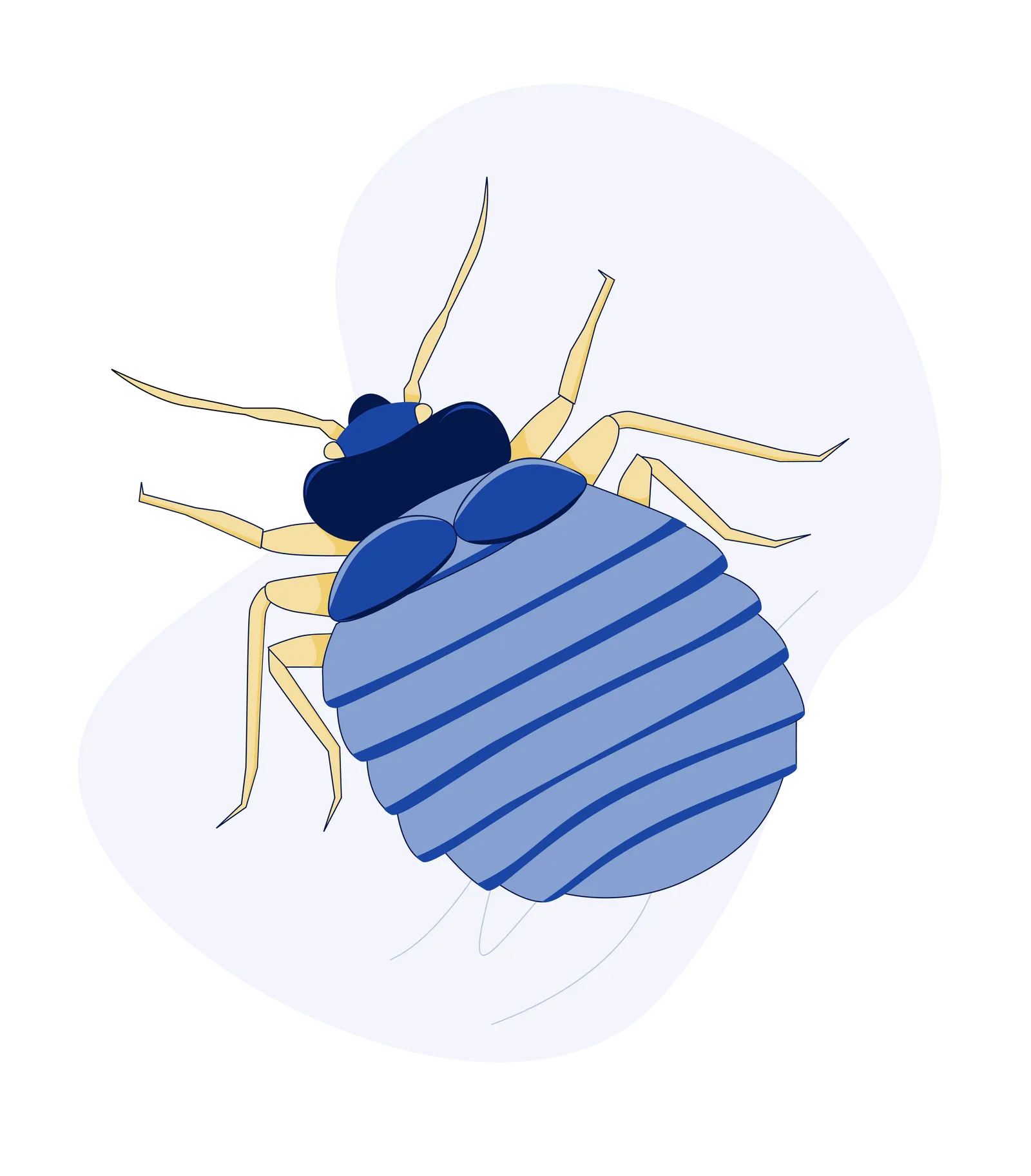What Do Termites Look Like in Provo, Utah?
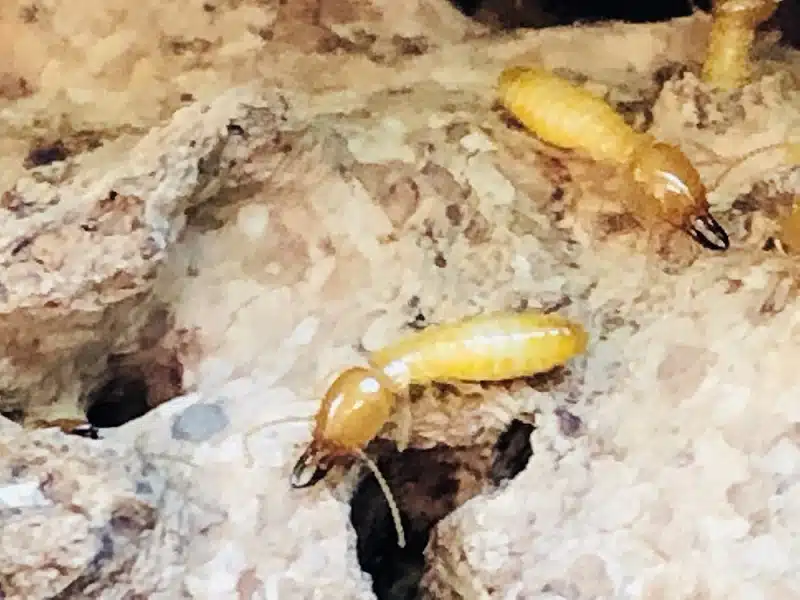
Termites represent a significant concern for homeowners in Provo, Utah, posing a persistent threat to property integrity. Recognizing their appearance is crucial for early detection and prompt intervention to safeguard your home. This comprehensive article delves into the distinctive characteristics of termites prevalent in Provo, equipping you with expert knowledge to effectively identify and address potential infestations. By familiarizing yourself with these insights, you can proactively protect your home from the damaging effects of these insidious pests.
Types of Termites in Provo, Utah
In Provo, the most common types of termites are subterranean termites. These termites thrive in Utah’s climate and can cause significant damage to wooden structures.
Subterranean Termites
These termites are the most destructive in Utah. They live in colonies underground and build mud tubes to access food sources above ground. Subterranean termites are typically light brown to creamy white in color. Worker termites are about 1/8 inch long, while soldiers, which have large jaws, are slightly larger. The reproductive termites, or swarmers, are darker and have wings.
Though less common, drywood termites can also be found in Provo. They do not require contact with the soil and can infest dry wood. These termites are generally light brown and about 3/8 inch long, including their wings.
Types of Termites in Provo, Utah
Recognizing termites in Provo involves understanding their distinctive traits and the indicators of their presence:
Termites, especially subterranean ones, are typically light brown or creamy white. Workers are small, about 1/8 inch in length, while soldiers and reproductive termites are larger and darker in color.
Reproductive termites have wings of equal size, which they discard after swarming. Discovering discarded wings near windowsills or doorways is a common sign of a termite infestation. Termites with wings are often mistaken for those of flying ants.
Subterranean termites construct mud tubes to travel between their colony and food sources. These tubes, frequently found along foundations or walls, protect termites from predators and maintain moisture levels.
Termite damage manifests as wood that appears hollowed out along the grain, often accompanied by tiny holes and frass (termite droppings). Tap on wood structures to listen for a hollow sound, indicating underlying termite activity.
Understanding these key characteristics and signs can help in the early detection and effective management of termite infestations in Provo.
Why Are Termites Prevalent in Provo, Utah?
Termites are particularly prevalent in Provo and the broader Utah region for several reasons:
Utah’s climate, characterized by hot summers and mild winters, provides an ideal environment for termites, especially subterranean termites. These insects thrive in warm, moist conditions, prevalent during Utah’s summer months.
Utah’s varied terrain, including its mountain ranges and valleys, creates numerous habitats conducive to termite survival and proliferation. Subterranean termites, in particular, prefer the moist soil found in valleys and areas near water sources.
As Provo continues to grow and develop, the disturbance of soil and older wooden structures can expose termite colonies and create new opportunities for infestations. Construction activities often uncover termite colonies, and the use of wood in building homes provides a ready food source.
Like many parts of Utah, Provo has many older homes and buildings with wooden components. This makes these structures particularly attractive to termites, which can cause substantial damage. Provo is known for its vintage homes and historical buildings, many of which date back to the early 1900s and earlier. These homes often feature wooden components that can attract termites, especially if the wood is untreated or exposed to moisture.
In addition to its residential architecture, Provo and the broader Utah area boast several old museums housed in historic buildings, which further highlights the prevalence of wooden structures in the region. For example:
This museum is a collection of original pioneer buildings and artifacts that illustrate the early history of Provo. The wooden structures here, including cabins and blacksmith shops, are susceptible to termite damage if not properly maintained.
While the main building of this museum is more modern, it holds many artifacts from historical wooden structures and houses exhibits related to the pioneer era and early Utah history.
Located near Springville, this museum is housed in a historic Spanish Colonial Revival building from the early 20th century. Although the structure itself is not entirely wooden, it features wooden elements and historic artworks that could be vulnerable to termites.
Located in Salt Lake City, this museum showcases artifacts and history from the pioneer era, including many wooden items such as furniture, tools, and household goods, which are susceptible to termite infestation.
Termites are particularly problematic as they live underground and can cause extensive damage by feeding on wood from the inside out, making the damage less visible until it becomes severe. Subterranean termites are known for creating hollowed-out tunnels in wood, while drywood termites can infest dry, structurally sound wood, including furniture and wooden beams.
Given the historical significance and wooden components of many of Provo’s older homes and museums, it is crucial for property owners to conduct regular inspections and implement preventive measures against termites. This helps preserve these buildings’ structural integrity and historical value for future generations.
Identifying termites in Provo, Utah, and understanding what termites look like is the first step in protecting your home from these destructive pests. By recognizing the physical characteristics and signs of termites, you can take prompt action to mitigate damage. Regular inspections, moisture control, and preventive treatments are essential in keeping your home termite-free.
For expert termite inspection and termite control in Provo, Utah, contact Serve Pest Control. Our experienced professionals are dedicated to protecting your home from termite damage and ensuring peace of mind.

